2013 B2B Marketing Priorities [Study]
Towards the end of 2012, Software Advice, CMO.com, and Eloqua teamed up to ask marketing professionals their priorities in 2013.The study titled B2B Demand Generation Benchmark Survey, gives marketers a complete view of the current status of the marketing sphere as well as a look at what’s to come.
Compiled by Software Advice CRM Analyst Ashley Verrill, the survey results show all the most popular marketing channels, as well as a breakdown of that information such as the channels that bring in the highest quality leads, the highest quantity leads, and the costs involved with these channels. Other results include the effectiveness of using marketing automation technology and how much companies plan to spend on marketing in 2013.
Below are some of the most interesting findings…
Digital Channels Have Become Top Priority for Marketers
The graph below illustrates the percentage of marketing respondents that use each channel for demand generation.
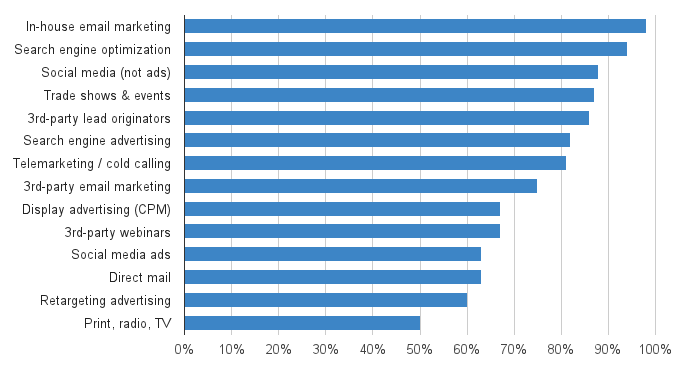
Email Marketing Generates the Highest Quality Leads
The chart below is ranked from highest to lowest percentage of marketers identifying the channel as producing high quality leads.
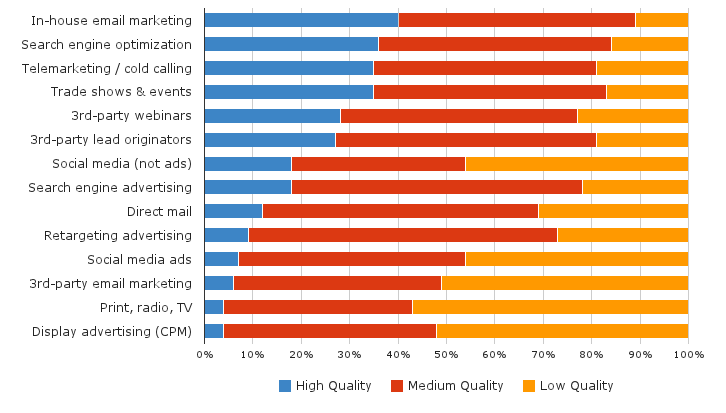
Social Media is the Least Expensive Lead Generation Channel
The chart below is ranked from highest to lowest percentage of marketers identifying the channel as low cost-per-lead.
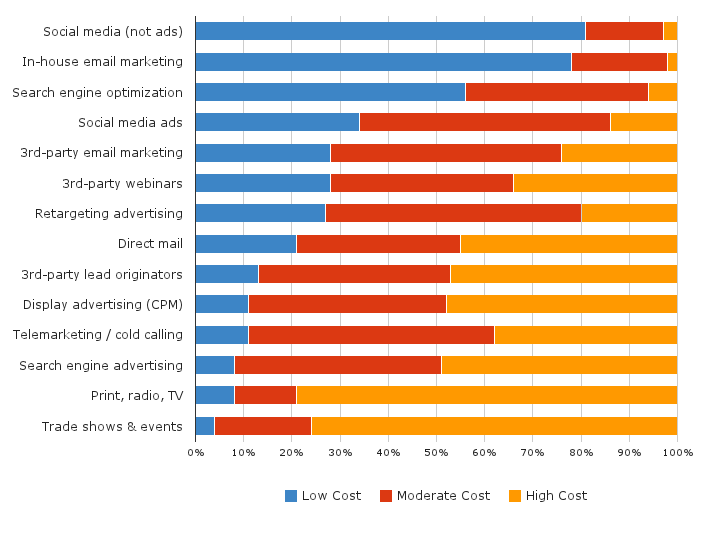
Marketers Have Planned to Spend More in 2013 than 2012
The chart below shows how marketers will adjust their spending plans relative to what they allocated for programs in 2012.
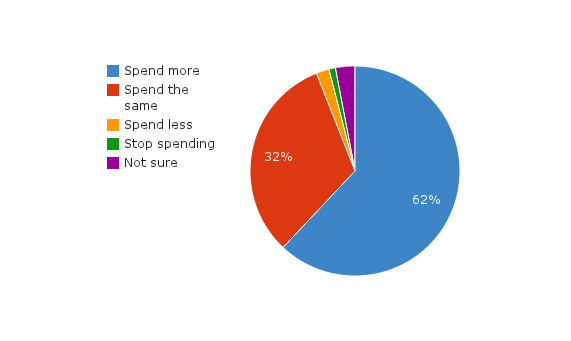
Marketers Have Planned to Spend in Social Media and Retargeting
The chart below reveals how marketers will adjust their spending plans by channel in 2013 relative to 2012.
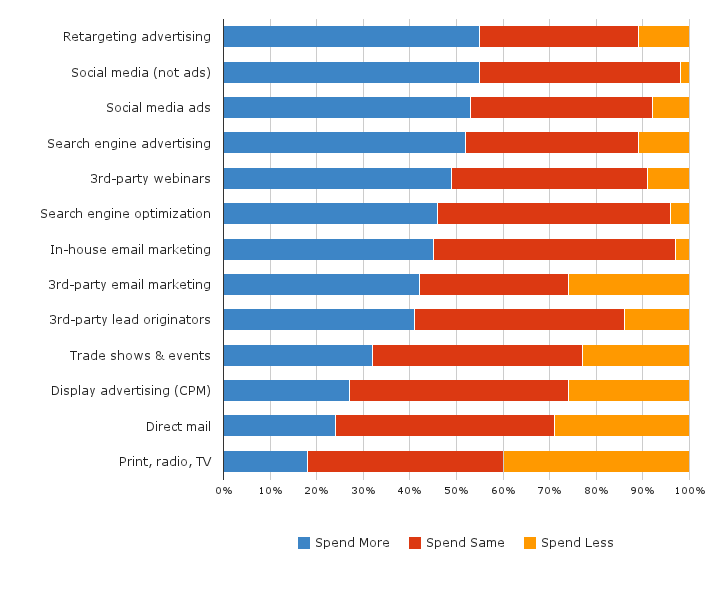
Special thank you to Holly Aker for helping me compile the content in this post.

